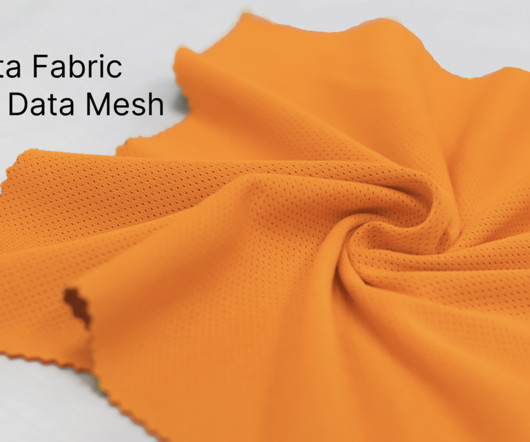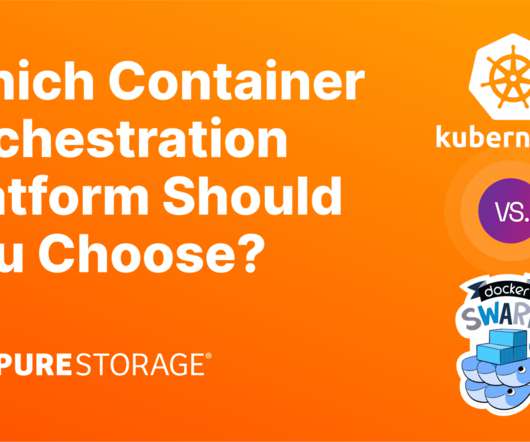Data Mesh vs. Data Fabric: What’s the Difference?
Pure Storage
OCTOBER 19, 2023
Data Mesh vs. Data Fabric: What’s the Difference? by Pure Storage Blog In today’s digital landscape, organizations face a wide array of data management challenges due to the increasing volume, variety, and complexity of data—and all the various apps and users who need to access that data. domain experts). What Is a Business Domain?













Let's personalize your content